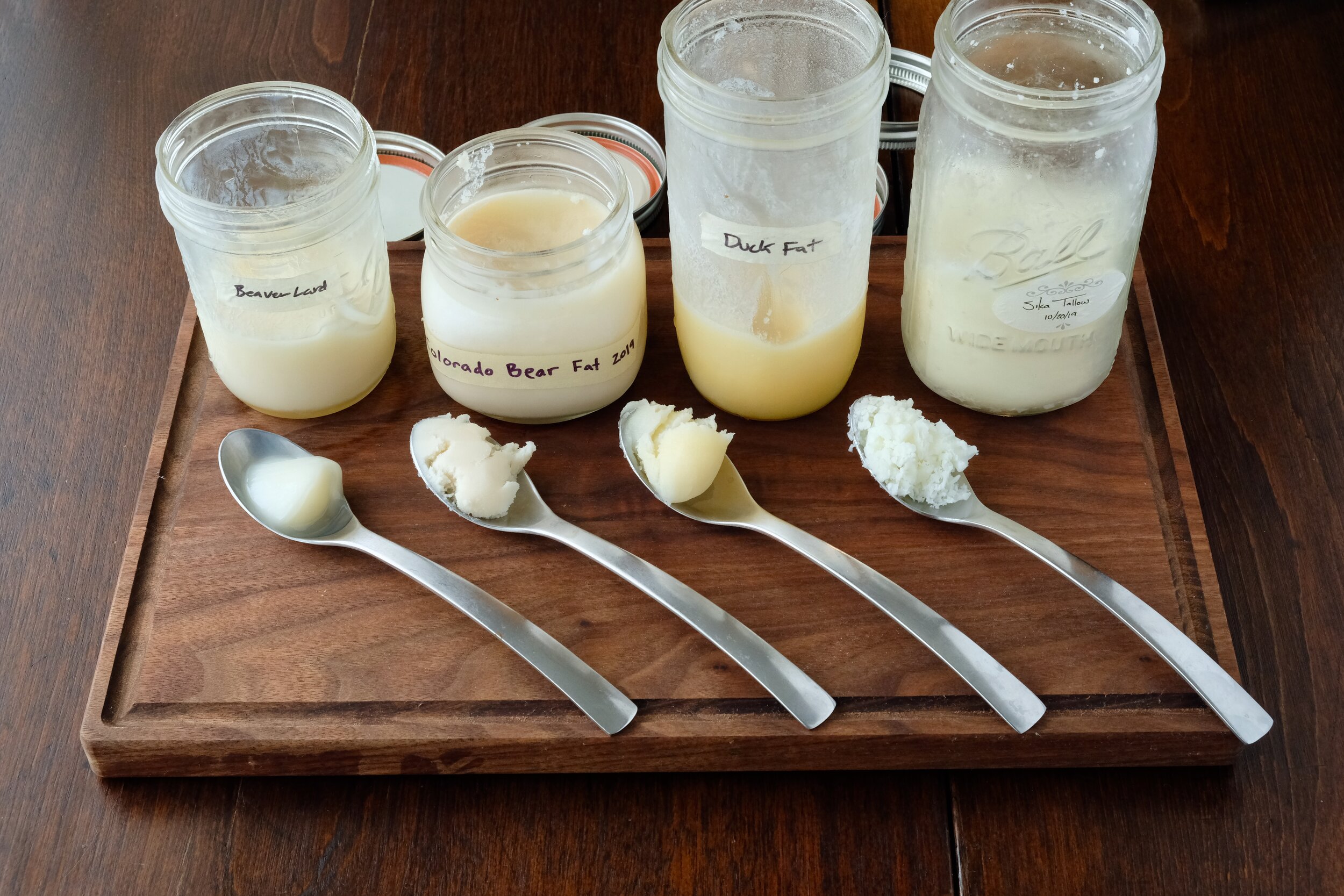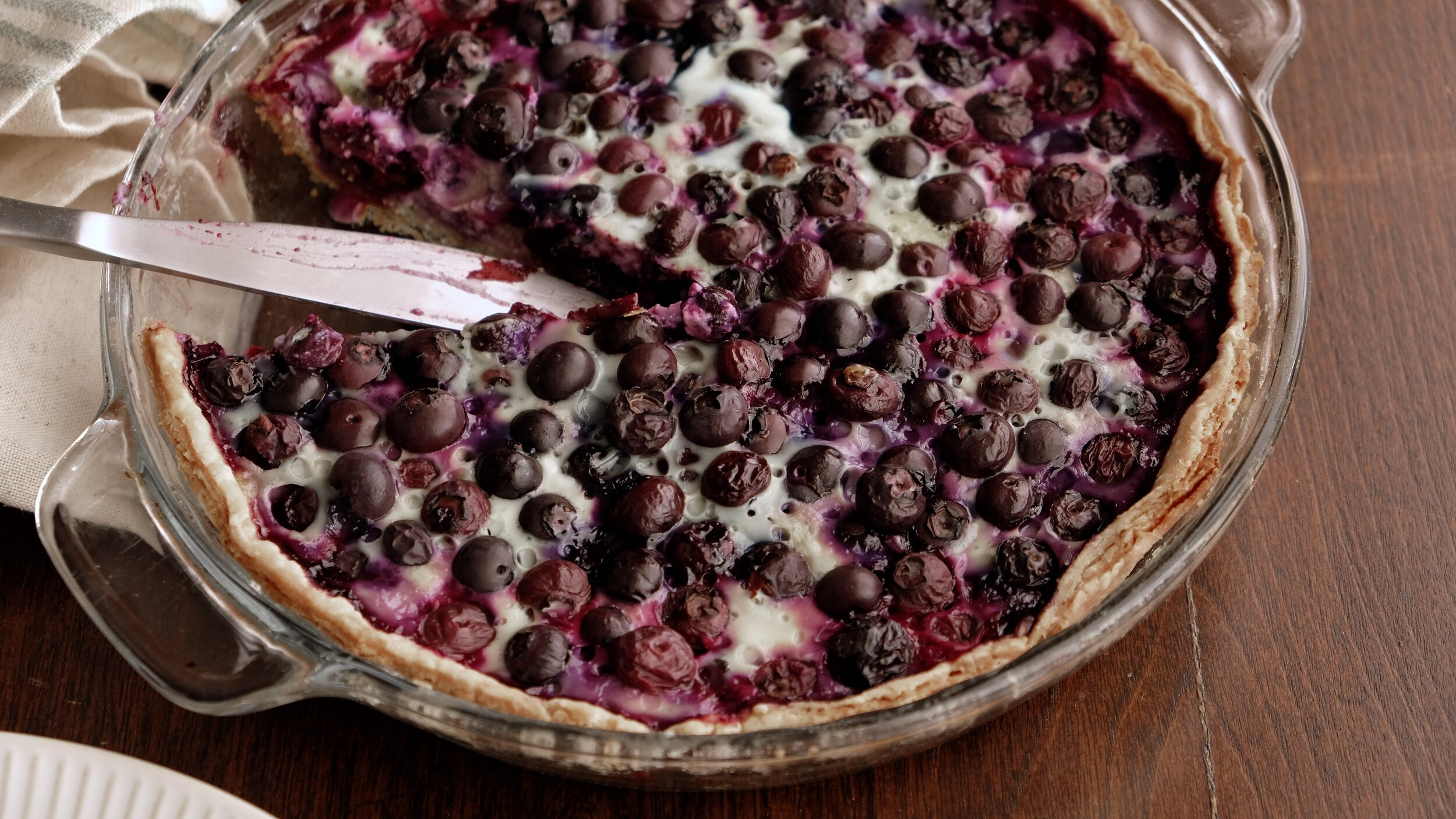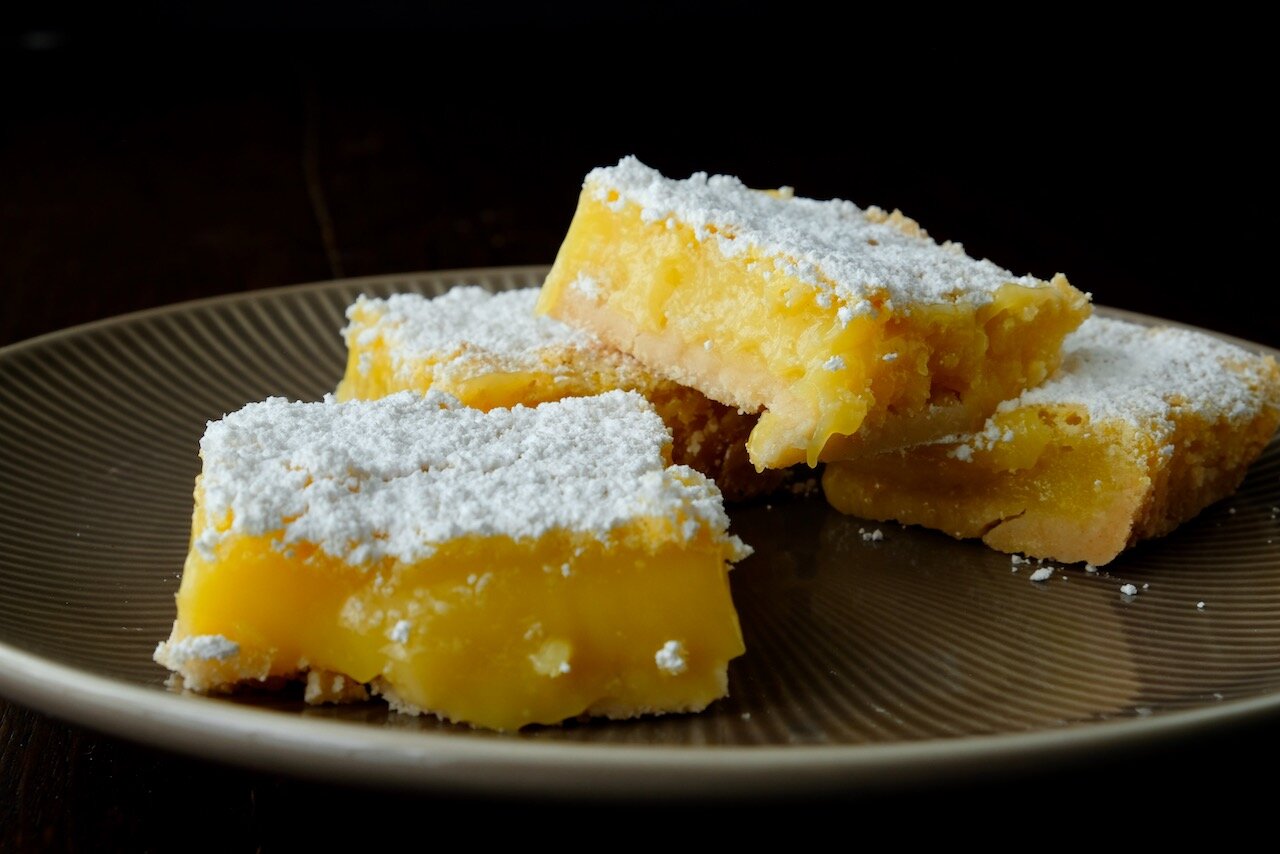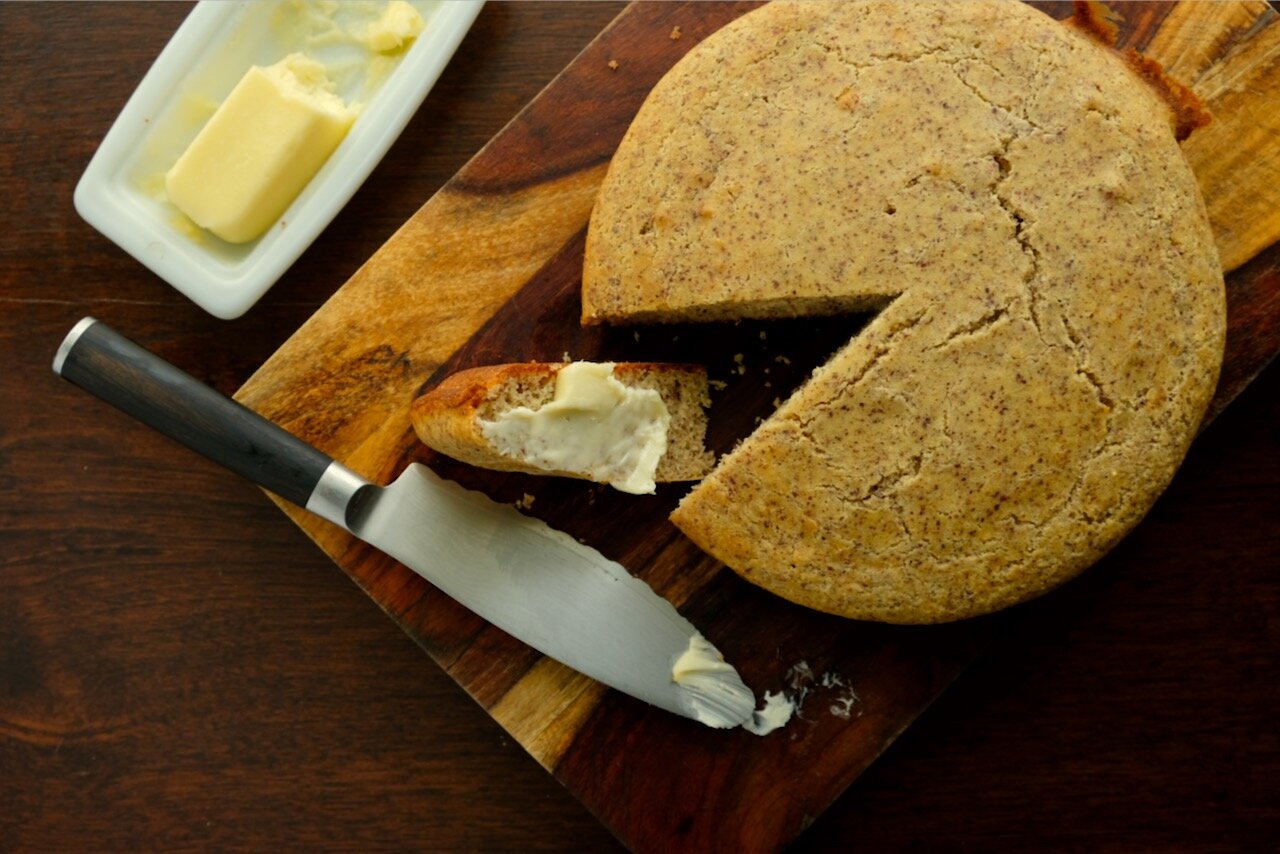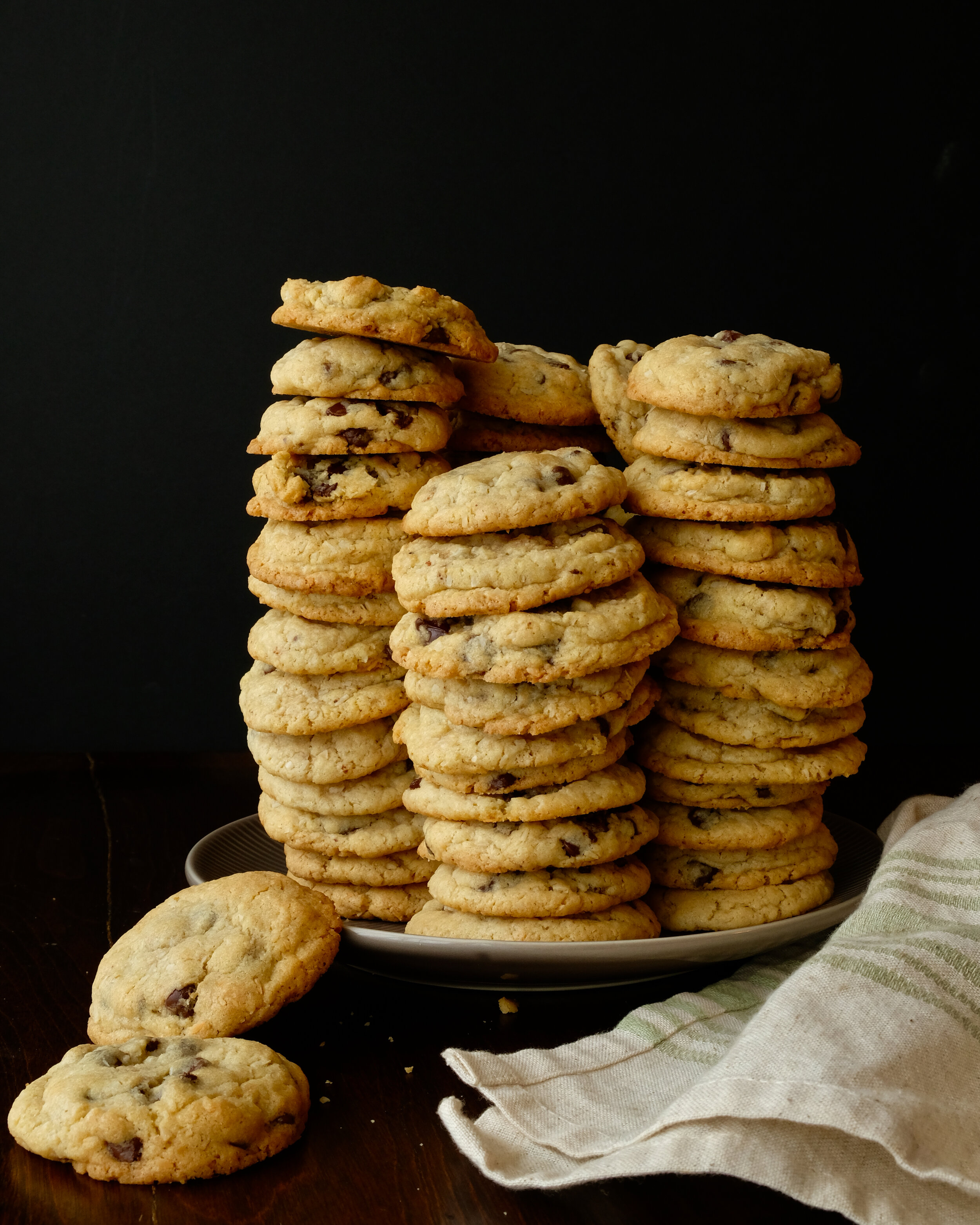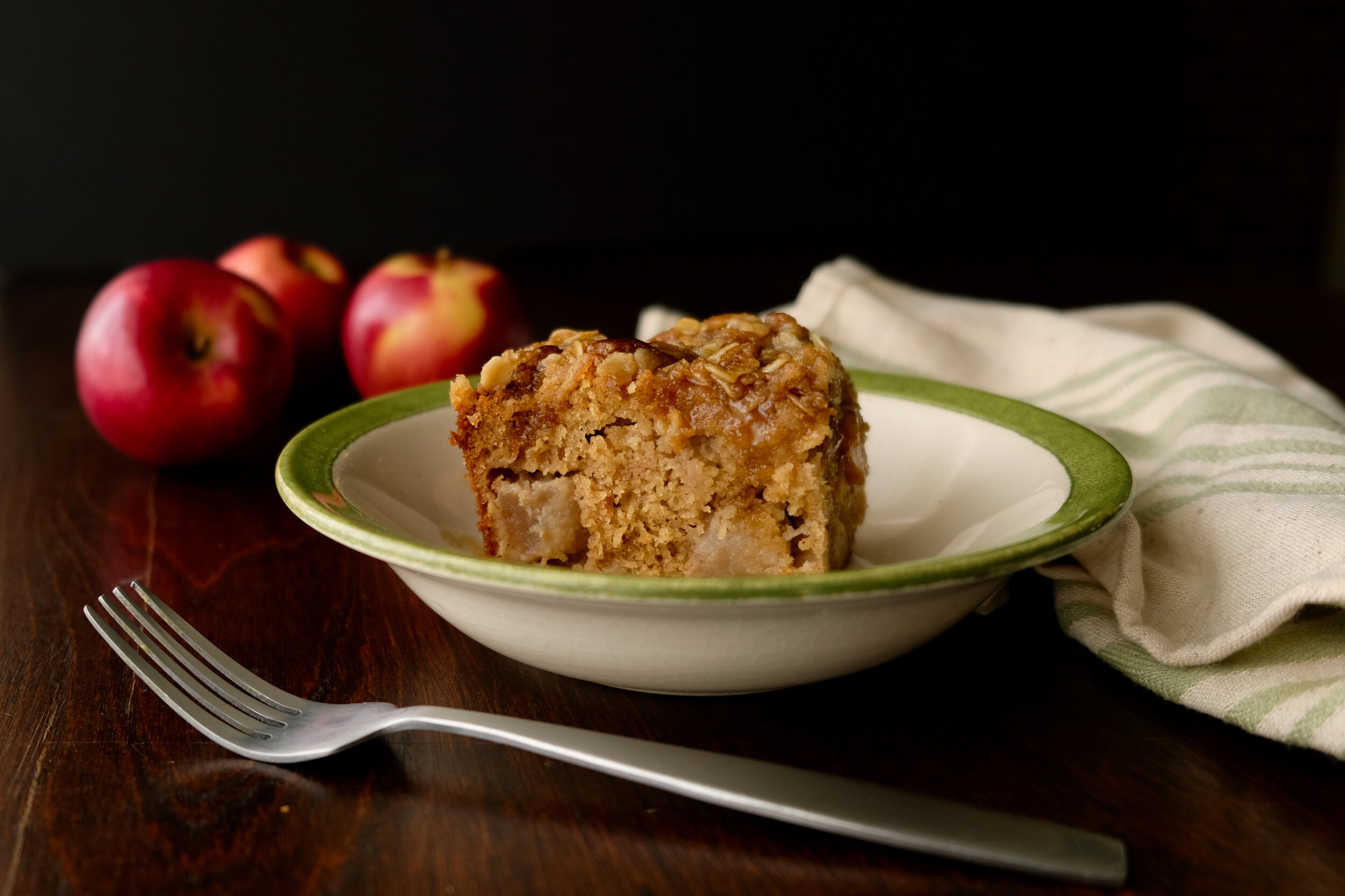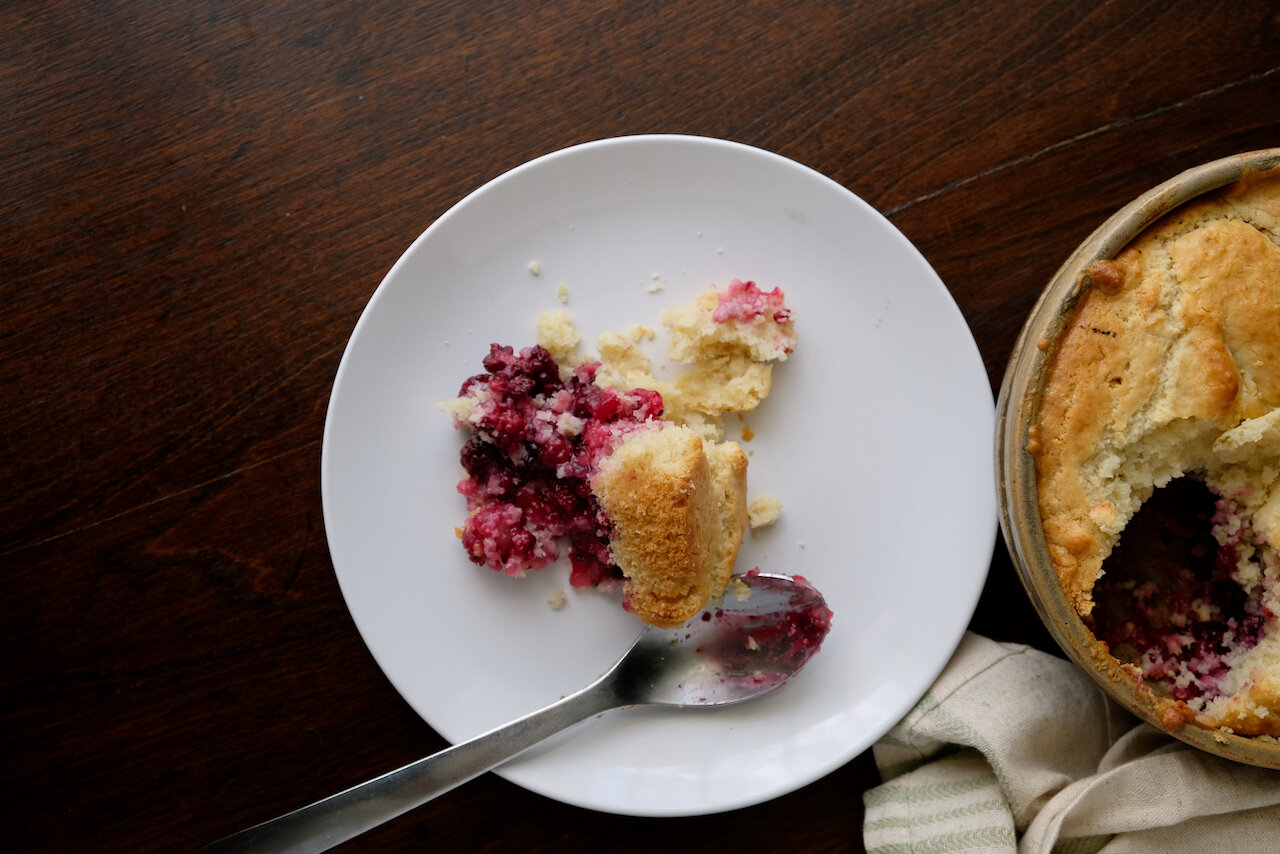Wild Fats- A Primer

As part of our general food philosophy, we try to waste as little of our wild game as possible. And although fat is not generally an abundant substance in wild animals, we try to make the most of what we do come across. Wild fats are fascinating, and a very under-studied area from a culinary perspective- we all know that duck fat is delicious, but what about the rest of it?
We've been experimenting with all kinds of wild fats in various applications over the last few years, and have found that generally speaking, they each have strengths and weaknesses in the kitchen. It’s difficult to generalize when it comes to wild game- not only is each species quite different, each individual animal varies depending on age, diet and habitat. And there’s a lot of myths and misinformation out there too. We gathered up what information we could find on cooking with wild fats, and set off on our own to put it to the test.
FAT COMPOSITION:
All fats are composed of various fatty acids- polyunsaturated, monounsaturated, and saturated. There’s a lot of research, often conflicting, about the relative health merits of saturated vs. unsaturated fat that we’re not going to weigh in on here- if even the experts can’t agree, I’m not sure we have much to offer the conversation. That being said, there’s one area that everyone can agree on- cooking applications.
Vegetable oils, like canola, olive, and soybean, all have much lower amounts of saturated fat and are higher in unsaturated fats than animal fats (the exceptions being palm, cocoa, and coconut oils). This is important because, generally speaking, fats that have a higher percentage of saturated fat are more solid at room temperature and have a higher smoke point. These fats also tend to have a richer, heavier flavor (think dark chocolate, olive oil, and movie popcorn), but when the percentage of saturated fat is very high, the mouthfeel of the fat can become chalky or waxy feeling, like unsweetened baking chocolate. Deer fat is relatively high in saturated fats, which is why many people find it unpalatable in some circumstances. Fats that are more unsaturated are softer, or even liquid, at room temperature, and often have a lower smoke point and “rounder” mouthfeel. Duck and beaver fats fall into this category.
Below, you’ll see two side-by-side photos that really illustrate the point about how fat composition affects texture and mouthfeel. The first photo shows four wild game fats, more or less right out of the fridge. From left to right: beaver, bear, duck and sika (venison). The second photo shows those same four fats after reaching room temperature.
As you can see, the beaver fat is almost completely liquid at room temperature, and the duck fat is just barely more solid. The bear fat has softened a little around the edges but maintains its shape, while the venison tallow has not melted at all. This indicates that our beaver fat is higher in unsaturated fatty acids than the duck fat, and the bear fat seems to be somewhere in the middle. The deer tallow is highest in saturated fatty acids and so stays solid at room temperature.
We’ve scoured the internet for information on the specific nutritional breakdown of fatty acids in wild game fats and have come up empty handed, so we’ve had to make do with comparing them side-by-side to get an approximate understanding of how they might be composed. If you have a resource you’d like to share with us, please feel free to send us an email!
FLAVOR:
Fat from wild game tends to vary in flavor based on species, environment, diet, and age, but in our experience, diet is the most important of all the factors. Animals of any species that are feeding on soy, acorns, corn & other grains tend to have a more neutral flavor profile than ones that are feeding on fish, carrion or trash. Ducks are particularly variable, even within the same flock. Some species are more reliably “clean-tasting” than others, but we’ve certainly shot a few fishy mallards, so it’s not completely foolproof. Light colored fat is usually better tasting than yellowish or orange fat. And as a general rule, trust your nose. If you’re faced with an animal that has suspect, darker fat, trim off a piece and throw it in a pan. The heat will oxidize the fat and the scent will tell you everything you need to know. Smell good? Go ahead and render.
Eating something is a multi-sensory experience (aroma, texture, flavor), and if one sense is overwhelmed with negatives it usually throws off the experience as a whole. Generally speaking, it's extremely hard to separate flavor from texture when you’re eating. This is the main reason we think a lot of people don’t like deer fat- the high saturated fat content can make it feel waxy or chalky, which leads people to say it’s gamey or rancid. Properly integrated into a dish, we’ve found that even a challenging fat, like deer, can be a welcome addition to a recipe.
RENDERING:
Before you cook with any wild game fat, it must first be rendered down. Rendering the fat removes water and protein from the fat, leaving you with a clean, stable, white fat that can be used in all kinds of cooking applications. There are two widely-used methods: wet and dry rendering.
Wet rendering, as its name implies, uses water to render the fat. This method works best with bird skins because the fat can’t really be removed from the skin before rendering. This is also a good method for rendering smaller batches of fat from other animals. The use of water allows for gentle, even heat distribution, allowing the fats to render while preventing the proteins from burning. Once the fat is rendered from the skin, the water will need to be removed. You can do this one of two ways- you can evaporate out the water by continuing to gently simmer it, or you can allow it to cool completely, so the fats will solidify on top of the water and can be scooped out.
Dry rendering does not use water as a thermal medium. This method works best when you have a lot of fat to render and when the fat is already separated from skin and meat. Bear, deer, beaver, etc have large stores of fat that can be cut or scraped from the meat and hide. Direct or indirect heat is applied, and the fat is rendered from the solids. Place the fat in a heavy bottomed pan and apply low heat, adjusting as needed until the fat starts to melt. Carefully monitor the fat and scrape the bottom of the pan to avoid burning the solids.The fat should be kept at barely a simmer during this process, until it’s been completely rendered.
Tip: Cut the fat as small as possible to increase surface area. This speeds up the process and will help extract as much fat as possible. If you are working with a big batch of fat, freeze it and run it through the grinder. The ground fat will render faster and more evenly.
There are many variations on this method: a double boiler will prevent it from going over 212F (100C). The fat can also be bagged and cooked sous vide at a set temperature. Both these methods allow for the fat to be rendered without the issue of overheating/burning the fat.
WILD GAME FATS
DEER FAT
Deer Fat:
Deer fat gets a real bad reputation- it's often described as rancid, chalky, or gamey tasting. There is no arguing that, due to the higher levels of saturated fat in deer fat, it can have a waxy and chalky mouthfeel. That being said, we’ve never had any “gamey” flavors from the fat itself, and we would never use rancid as a descriptor for deer fat. In our experience, deer fat has been cleanly flavored, with very little variation in flavor from deer to deer (including bucks).
Deer fat has an amazingly high amount of saturated fats, which gives it a lingering, mouth coating feel. It's not very different from dark chocolate in that regard. Due to this density, we’ve found that deer fat works best with three things in mind: quantity, temperature, and distribution.
In small amounts, deer fat is generally well received. Late season deer that have been gorging on soy and corn sometimes have a slight marbling in their meat. This is always a treat- you rarely see marbling in non-domesticated animals. These are the best backstraps of the season in our opinion. Small amounts of fat on bone in cuts and roasts also create highly desirable final products. The fat renders as it is heated, keeping the meat juicy and adding richness to a lean protein.
The temperature at which the fat is distributed matters a lot. Hot stews and braises with small pools of fat floating on the top are fantastic when mopped up with bread. Once cooled though, the fat takes back its dense waxiness and is less desirable. We often leave the thick fat cap on our bone in venison racks- the rendered fat keeps the straps moist, but once it's cooled down, we tend to scrape it to the side.
But how much the fat is distributed matters more than anything else in our opinion. A hot chunk of deer fat by itself is never all that great, but a small amount of the same fat with each bite of meat is delicious. Deer ribs, where there is a high percentage of fat, are best braised to render out some of the fat, then drained and charred over a hot grill. Distributing the fat throughout the dish in small amounts tends to be a best practice. This is where baking with deer fat shines.
Once rendered, deer fat has a similar look and feel to beef tallow. For all intents and purposes, they can be used interchangeably. It makes a great frying fat with a relatively high smoke point. It’s also very stable and can be strained, cooled, and reused several times. Certain foods fry better than others in tallow- avoid breadings, batter and airy foods that will soak up too much fat. Tallow works wonders on french fries and straight proteins.
We often use deer tallow when roasting starchy vegetables in the oven. Carrots, parsnips, potatoes, and hard squashes do well with a coating of tallow. We've also used it to make roux and to roast garlic. The roasted garlic tallow is amazing when brushed onto pizza crusts and breads.
Though much denser than butter, using deer tallow in recipes for cookies and baked goods that require creaming of butter and sugars has worked really well for us so far. We have a basic deer fat chocolate chip cookie recipe that we have used as a base for many variations, just swap out the nuts and chips for whatever you want. We have found deer tallow works beautifully as a replacement for shortening in pie crusts too- the crust was flakier, and didn’t brown too quickly in the oven the way an all-butter crust will.
This past season, we shot two late season does, both of which had over an inch of fat on the hind quarters. This, combined with the fat from two large bucks, rendered out to almost 2 gallons of tallow. This is a lot of tallow, so we also experimented with using the fat in non-food products. We made suet blocks for the birds and gave some to a friend who made it into soap. We also use it to season cast iron and black iron pans.
We have plans to experiment further with the deer tallow. It's not butter, but so far it's proven to be a highly versatile fat in both culinary and non culinary projects.
WATERFOWL FAT
WATERFOWL:
For simplicity, we’re lumping ducks and geese together. There are definitely noticeable differences in the flavor of fat between species of waterfowl. This is mainly due to their preferred diets. Fat from fowl that have a grain heavy diet tend to be the cleanest and tastiest. Birds eating mussels, crustaceans, and fish taste fishy and so does their fat. The geese we hunt over soy fields late in the season have an abundance of silky white fat that, when rendered, tastes as good as any store bought duck fat we've ever had. Ducks are more variable- sea ducks and mergansers are notorious for having strong fishy flavors, and we have found that the majority of these off flavors come from the oxidation of their fats. It's generally recommended that you skin and remove all the fat from sea ducks and we agree. The fat, once heated, releases off smells that overwhelm the senses.
As a side note, the best way to consume “fishy” fowl is to not cook them. By never applying heat, the fat never oxidizes and you avoid almost all of the strong off flavors. It's hard to imagine getting excited about merganser sashimi or jerky, but it's the best way we have found to use otherwise hard to eat birds.
As for using waterfowl fat, it’s a near perfect cooking fat. There has been so much written about cooking with duck fat that it seems pointless to expound on it here. It’s excellent for everything from frying, baking, sauteing, and roasting. The fat is softer, almost melting at room temperature, with a rich, “round” mouthfeel and distinctive flavor. It's near perfect, most of the time.
BEAVER FAT
BEAVER:
Honestly, this might be our favorite fat to use in the kitchen. It’s almost blasphemous considering the hardcore following that duck fat has, but this stuff is honestly that good. Plus, we’ve found that the flavor is milder and less variable than duck fat.
The abundance of fat under their thick fur renders out very similarly to pork lard, but a little thinner. The rendered fat has a smooth, silky texture and very mild and clean flavor. Because of these characteristics, there’s really no bounds as for applications- we’ve used beaver fat in everything from cookies, cakes, roasts, confit and roux. It’s a shoo-in for any recipe that would traditionally call for lard or duck fat. Use it to saute or as a direct replacement for oil in most cooking applications. We have not tested its smoke point, nor do we have enough to justify using it as a deep fat frying oil, but we’ll get there at some point.
So far, we have not found an application that it doesn't shine in.
BEAR FAT
BEAR FAT:
We haven’t killed a bear yet, so our experience with bear fat is from a single sample that a friend sent us from Colorado. Unlike most other wild animal fats, bear fat has an overwhelmingly positive reputation and is well regarded as an all-purpose baking, cooking and frying oil. After sampling some, we can see why.
Texturally, bear fat is most similar to pork lard. The flavor is neutral, it stores well without going rancid, and the smoke point is relatively high. It makes beautiful, flaky baked goods and you can supposedly use it to forecast the weather (note: we’ve never tried this). People use it as a natural remedy for aches and pains, and as a grease for all kinds of things. It seems that there’s not much you can’t do with bear fat. It makes perfect sense that millenia of humans have harvested fall bears for their abundance of clean tasting and versatile fat.
We’ve been experimenting with our sample of bear fat, and will hopefully be sharing more recipes in the future, when we tag our own.

